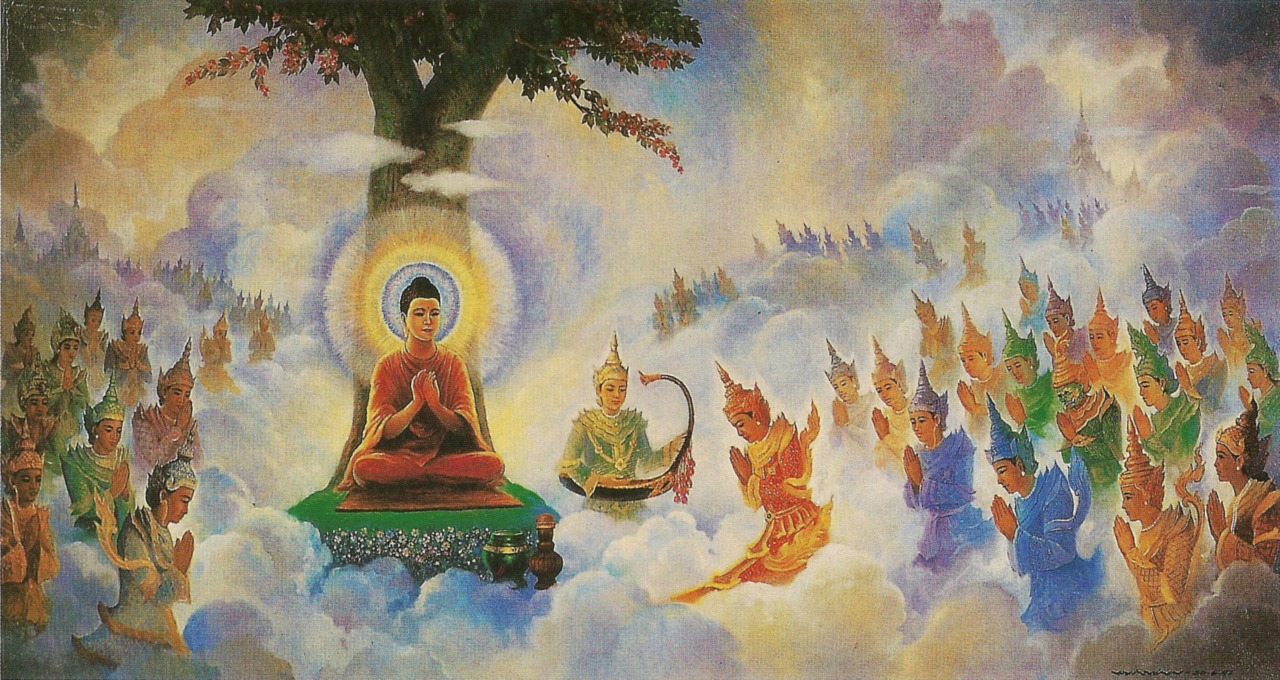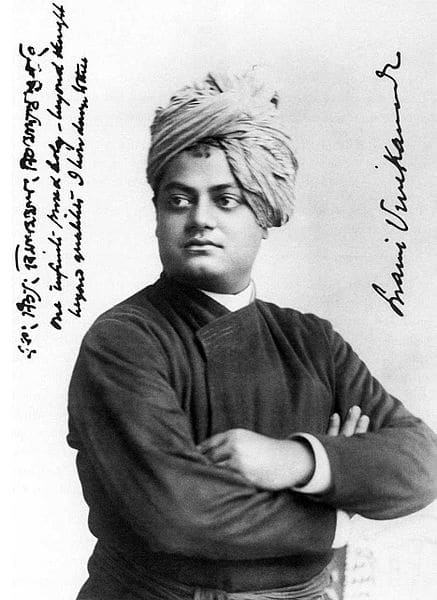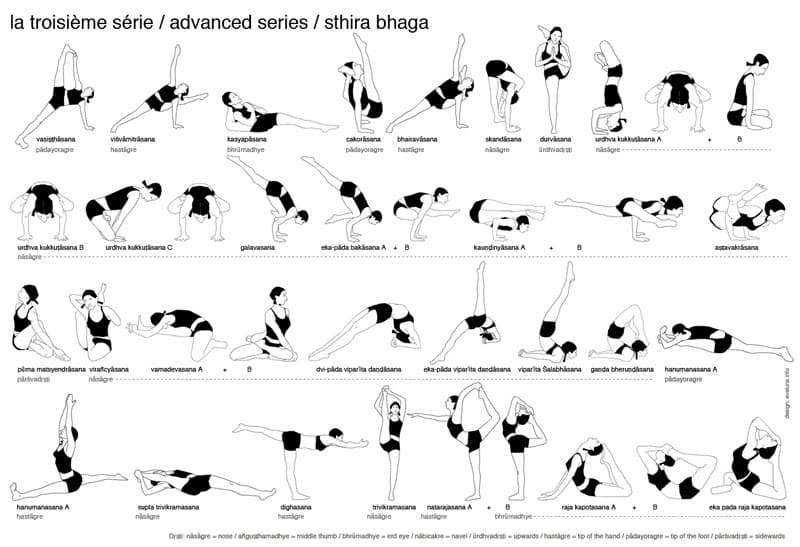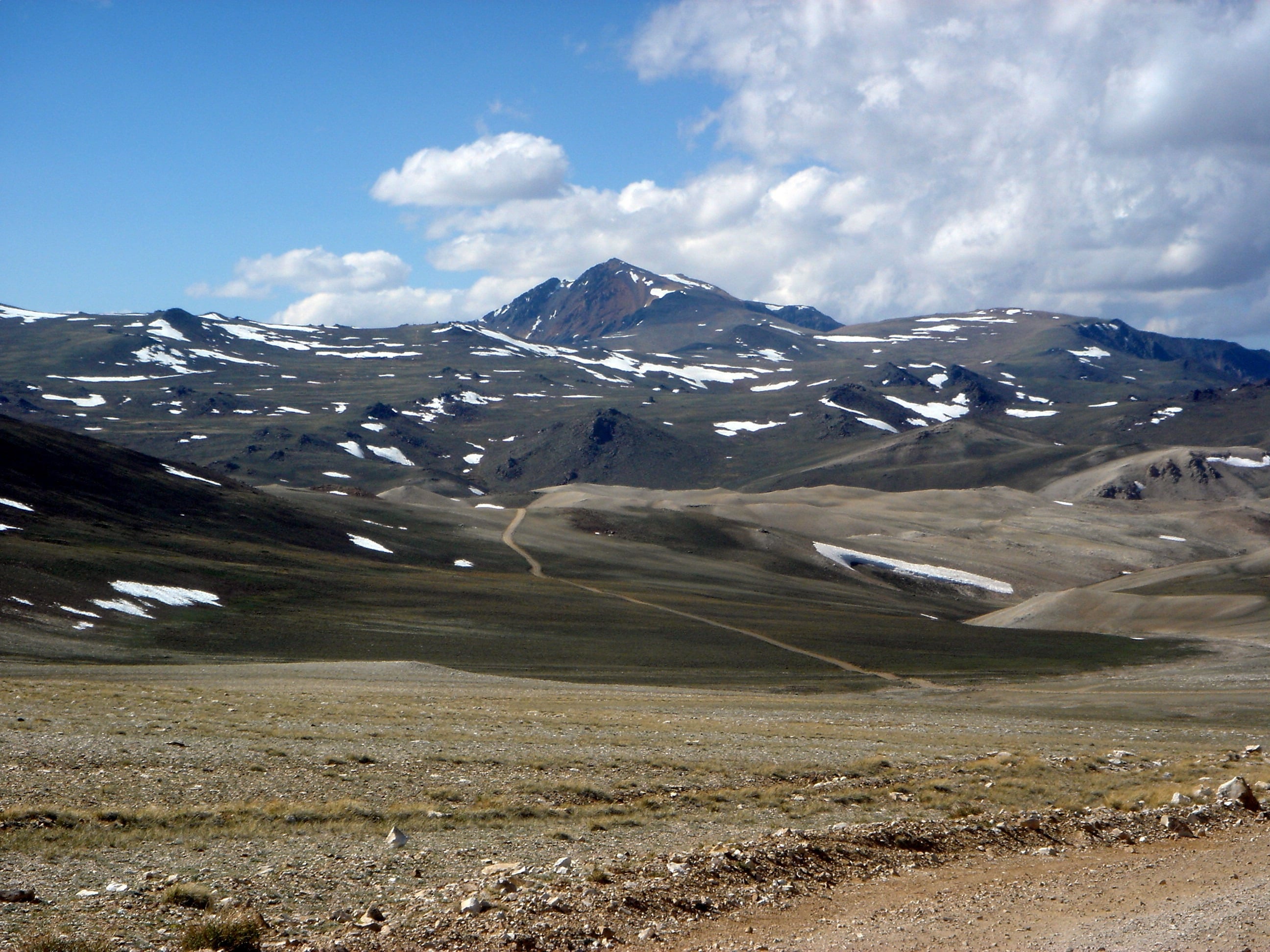Raja Yoga
Raja yoga is a term with different meanings depending on context; in the 1900s, Swami Vivekanada equated it with the sutras of Patanjali. Raja means best, chief, or king; when used in yoga it means the highest state of yoga practice or striving for samadhi (bliss). This is the feeling that you achieve in savasana after … Read more






!["Rough diamond" by Unknown USGS employee - Original source: USGS "Minerals in Your World" website. Direct image link: [1]. Licensed under Public Domain via Wikimedia Commons - http://commons.wikimedia.org/wiki/File:Rough_diamond.jpg#/media/File:Rough_diamond.jpg](https://elliottelford.com/wp-content/uploads/2015/05/Rough_diamond.jpg)

